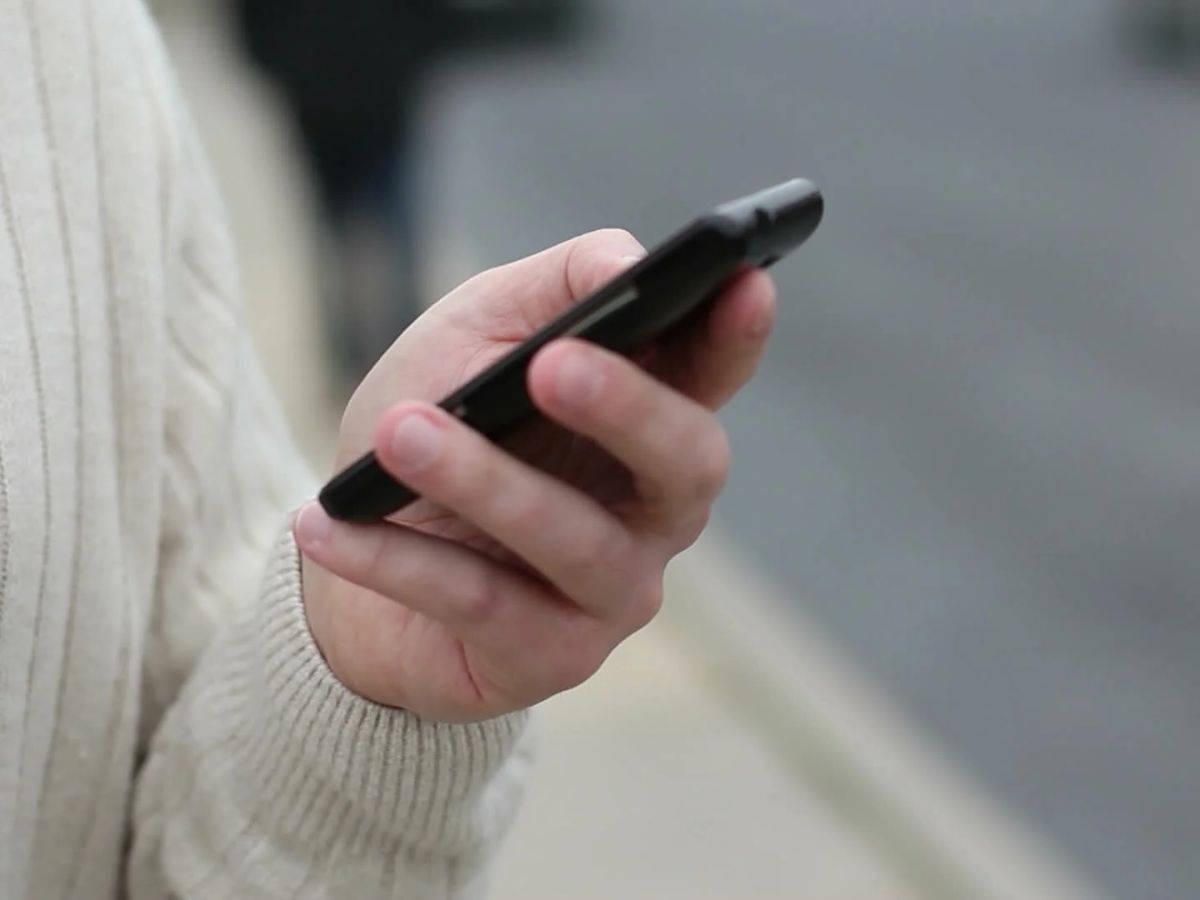
Source: Pond5.com
Understanding the Importance of Unlocking Your Android Phone
Unlocking your Android phone offers several benefits:
- Switching Carriers: Allows switching carriers without needing a new device.
- Cheaper International Roaming Plans: Access to affordable international roaming plans.
- Increased Resale Value: Enhances the resale value of your phone.
- Access to More Apps and Services: Enables access to a broader range of apps and services.
Method 1: Using Google's Find My Device
Steps to Use Google's Find My Device
- Ensure your device is connected to the internet.
- Visit Google's Find My Device website on another device.
- Sign in with the Google account linked to your locked phone.
- Select your device from the list.
- Choose "Erase Device."
- Confirm the action by tapping "Erase Device" again.
- Follow the setup steps on the locked phone.
- Verify Google account details during the setup process.
Limitations of Using Google's Find My Device
- Requires Google account information.
- Ineffective if Google account details are forgotten.
Method 2: Using Tenorshare 4uKey for Android
Steps to Use Tenorshare 4uKey for Android
- Download and install Tenorshare 4uKey on your Mac or Windows PC.
- Connect your Android phone to the computer using a USB cable.
- Select "Remove Screen Lock" in the Tenorshare 4uKey interface.
- Confirm unlocking, noting that all data will be erased.
- Proceed with unlocking by selecting "Yes."
- Put the device in recovery mode.
- The program will automatically remove the lock screen.
Advantages of Using Tenorshare 4uKey for Android
- No need for Google account information.
- High success rate of up to 99%.
- Compatible with over 6000+ Android phones and tablets.
- User-friendly interface.
Method 3: Performing a Factory Reset
Steps to Perform a Factory Reset
- Enter recovery mode by pressing and holding the power and volume down buttons simultaneously.
- Navigate to "Wipe Data/Factory Reset" using the volume buttons and select it with the power button.
- Confirm the action by selecting "Yes – Delete All User Data."
- Restart the device after the reset process is complete.
- Follow the setup steps, including logging into your Google account.
Limitations of Performing a Factory Reset
- Permanently erases all data on the device.
- Different methods may apply to different Android brands or systems.
Additional Methods for Unlocking Your Android Phone
Using Aiseesoft Android Unlocker
Steps to Use Aiseesoft Android Unlocker
- Download and install Aiseesoft Android Unlocker on your computer.
- Connect your Android phone to the computer using a USB cable.
- Select "Remove Screen Lock" in the Aiseesoft Android Unlocker interface.
- Confirm unlocking, noting that all data will be erased.
- Proceed with unlocking by selecting "Yes."
- The program will automatically remove the lock screen.
Using Google's Find My Mobile (For Samsung Users)
Steps to Use Samsung's Find My Mobile
- Visit Samsung's Find My Mobile website on another device.
- Sign in with the Samsung account linked to your locked phone.
- Select your device from the list.
- Choose "Erase Device."
- Confirm the action by tapping "Erase Device" again.
- Follow the setup steps on the locked phone.
- Verify Samsung account details during the setup process.
Troubleshooting Tips for Unlocking Your Android Phone
- Ensure Correct Unlock Code: Double-check the unlock code for accuracy.
- Verify Device Status: Insert a SIM card from a different carrier to check if the phone is already unlocked.
- Check Device Compatibility: Ensure the correct method is used for your device.
- Contact Customer Service: Seek assistance from customer service if issues persist.
Resources for Unlocking Your Android Phone
- UnlockMyPhone.com: Offers step-by-step instructions for unlocking phones from major carriers.
- CellUnlocker.net: Provides various unlocking services for a fee.
- Mobile Device Unlock App: Available on the Google Play Store, this app can unlock many popular Android phones from major carriers.
